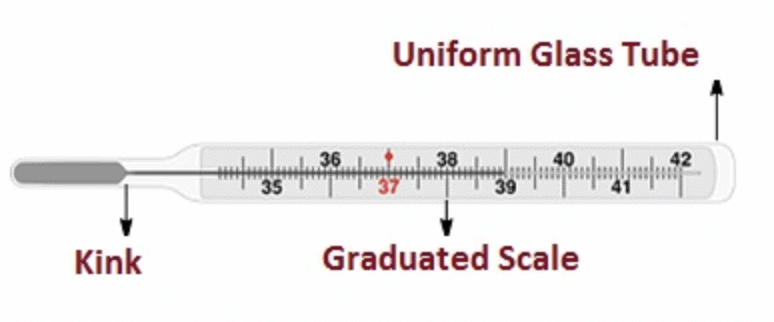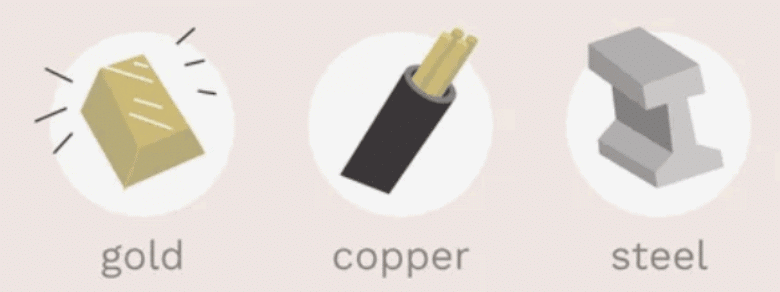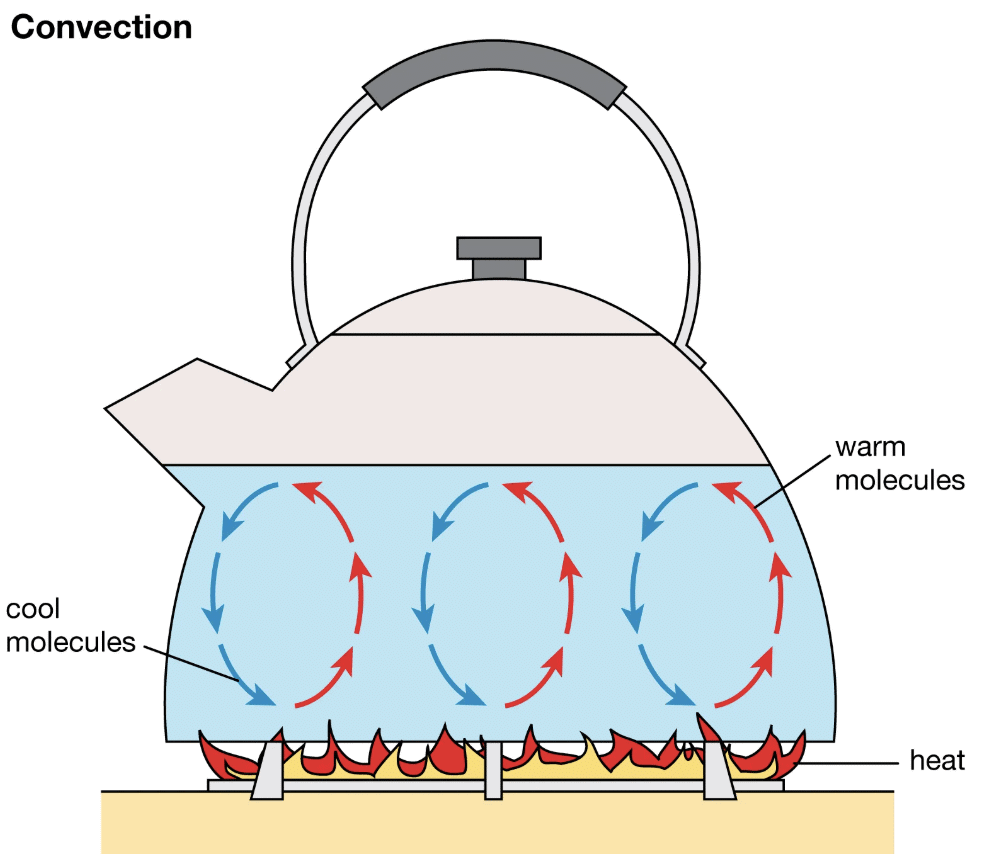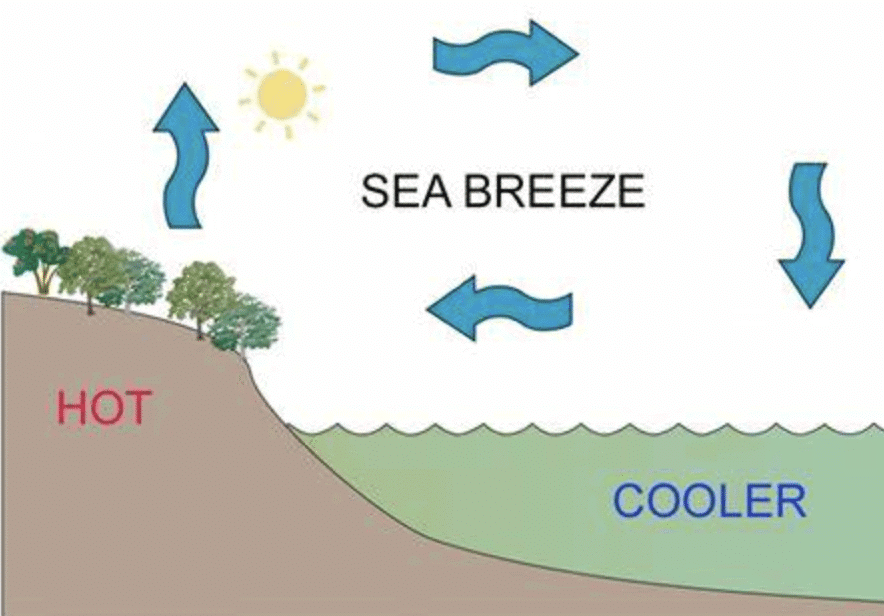Class 7 Science Chapter 7 Very Short Question Answers - Heat Transfer in Nature
Q1: Define temperature.
Ans: The measure of hotness or coldness of an object is called temperature. It is usually measured in "degrees".
Q2: Name the device used to measure temperature.
Ans: A thermometer is a device used to measure temperature.
 Thermometer
Thermometer
Q3: What is the unit of temperature as adopted by India?
Ans: Degree Celsius (°C)
Q4: The bulb of the laboratory thermometer should not touch the surface of the ________________.
Ans: Container.
Q5: Give an example to show the transfer of heat from one body to another.
Ans: Any utensil kept on flame becomes hot because heat transfers from flame to the utensil.
Q6: Heat always flows from a hotter object to ________________.
Ans: Colder object
Q7: In solid heat is transferred by the process of
a. Conduction
b. Convection
c. Radiation
d. None of these
Ans: Conduction.
Q8: Give examples of conductors.
Ans: Aluminium, copper, iron, etc.
Q9: Give examples of insulators.
Ans: Wood, plastic, rubber
Q10: Insulators are ________ conductors of heat.
Ans: Poor
Q11: Conductors are _____________ conductors of heat.
Ans: Good
Q12: Name the process by which heat transfers in air.
Ans: Convection.
Q13: From the sun, the heat comes to us by the process called ________________.
Ans: Radiation.
Q14: Which of the two absorbs more radiation- a dark-coloured object or a light-coloured object?
Ans: A dark-coloured object.
Q15: Land breeze blows at the time of __________ whereas Sea breeze blows at the time of _________.
Ans: Night, Day
Q16: Which type of clothing should be preferred for the month of June and for the month of January?
Ans: Light-coloured clothes in June and Dark coloured clothes in January
Q17: Name two sources of groundwater.
Ans: Wells and bore wells.
Q18: What is the continuous movement of water through evaporation, condensation, and precipitation called?
Ans: Water cycle.
Q19: What is the process of water seeping into the ground through soil and rocks called?
Ans: Infiltration.
Q20: What is an ice stupa, and where is it used?
Ans: A cone-shaped structure of frozen water used in Ladakh to store water for the summer.
|
80 videos|224 docs|12 tests
|
FAQs on Class 7 Science Chapter 7 Very Short Question Answers - Heat Transfer in Nature
| 1. What are the three methods of heat transfer? |  |
| 2. How does conduction work in everyday life? |  |
| 3. Can you give an example of convection? |  |
| 4. What role does radiation play in our daily lives? |  |
| 5. Why is understanding heat transfer important in nature? |  |

















